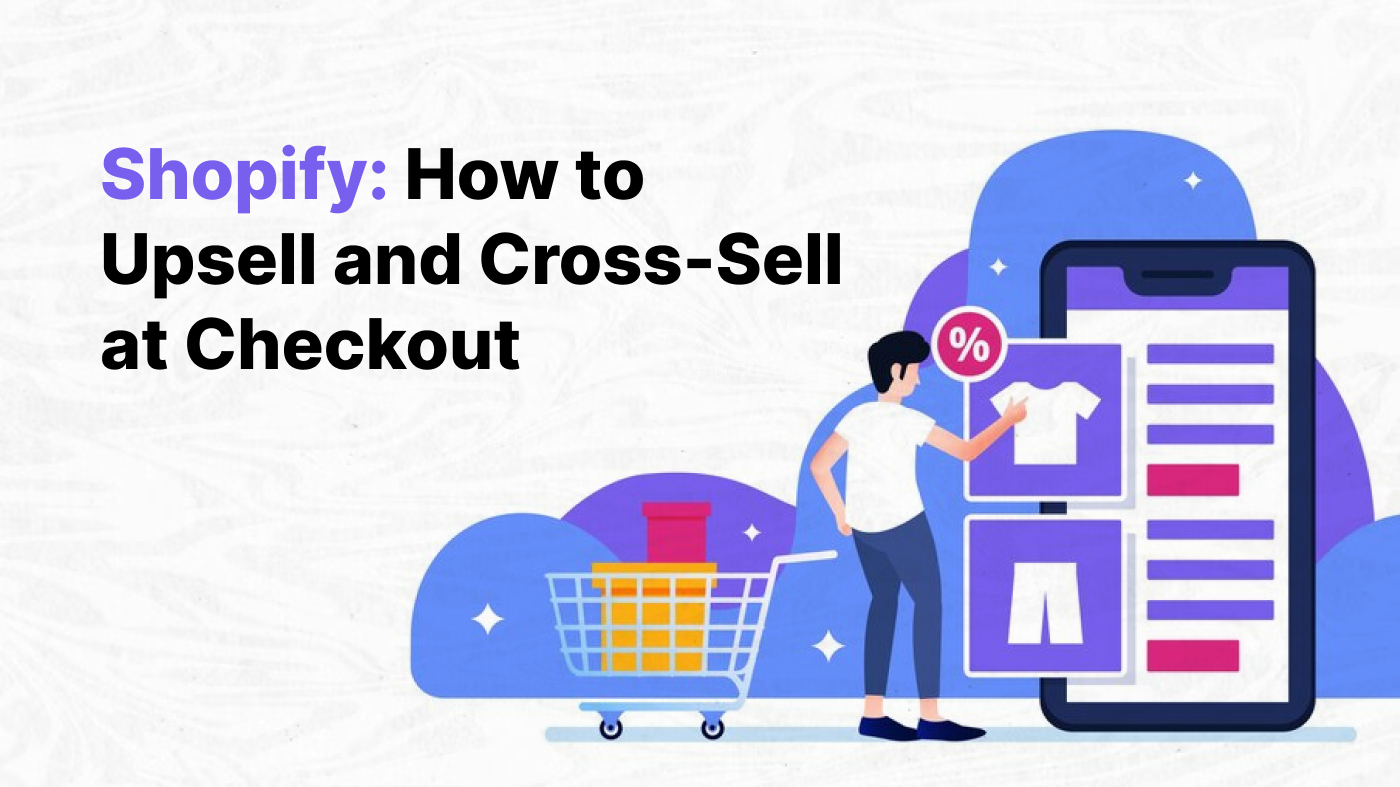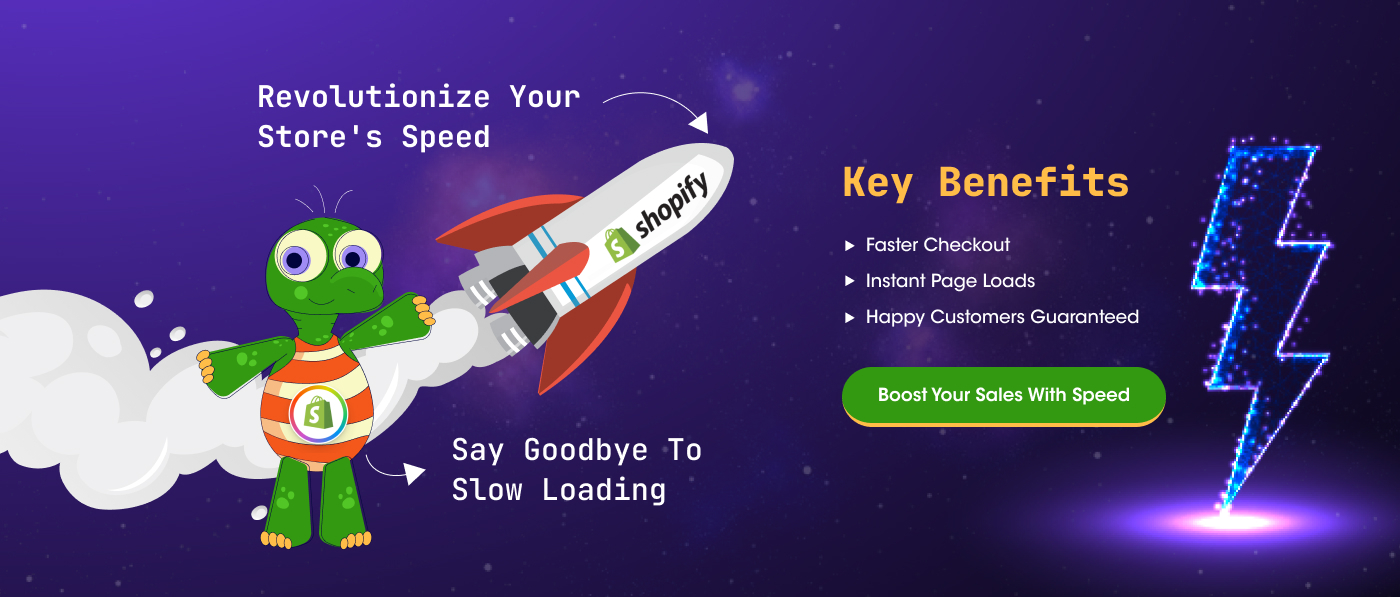
When running an e-commerce business, maximizing your revenue per customer is essential for sustainable growth. One of the most effective ways to achieve this is through upselling and cross-selling strategies. Shopify, being a popular and user-friendly e-commerce platform, offers various methods to implement these techniques during the checkout process. In this blog, we will explore how to upsell and cross-sell on Shopify, with actionable tips and best practices to boost your sales and enhance customer experience.
1. Understanding Upselling and Cross-Selling
Before diving into the implementation, it’s crucial to understand the difference between upselling and cross-selling:
- Upselling: Upselling involves encouraging customers to upgrade or purchase a higher-end version of the product they intend to buy. For instance, suggesting a premium model with additional features or more extensive capabilities.
- Cross-Selling: Cross-selling, on the other hand, focuses on recommending complementary or related products to the item the customer is currently considering. For instance, offering a phone case when they are purchasing a new smartphone.
2. Choose the Right Apps
Shopify offers a wide range of apps that can help you effectively implement upselling and cross-selling strategies. Some popular apps include:
- Bold Upsell: This app allows you to create attractive pop-ups offering relevant upsell and cross-sell products based on the customer’s cart content.
- ReConvert Upsell & Cross Sell: With this app, you can design a thank-you page that suggests additional products post-purchase, increasing the chances of repeat sales.
- Frequently Bought Together: As the name suggests, this app showcases products frequently bought together, leveraging social proof to encourage additional purchases.
3. Analyze Customer Data
To create personalized and effective upselling and cross-selling offers, analyze your customer data. Utilize Shopify’s built-in analytics or integrate with tools like Google Analytics to gain insights into customer behavior, preferences, and purchasing patterns.
- Order History: Look for patterns in your customers’ previous purchases to understand which products are often bought together.
- Customer Segmentation: Group your customers based on demographics, interests, or past behavior to tailor your upselling and cross-selling offers to specific segments.
4. Create Compelling Product Bundles
Bundling products can be a powerful upselling technique. Package related items together at a slightly discounted price compared to purchasing each item separately.
- Discounted Bundle: Offer a discount when customers buy a bundle of products, making it an attractive deal that encourages them to purchase more.
- Limited-Time Offers: Create a sense of urgency by displaying limited-time bundle offers to entice customers to act quickly.
5. Implement Smart Recommendations
Utilize Shopify’s recommendation features to display personalized upselling and cross-selling suggestions during the checkout process.
- Related Products: Display a section on the cart page that showcases related products based on the items currently in the customer’s cart.
- Customers Who Bought This Also Bought: Show products that previous customers have purchased in addition to the current cart items by leveraging a skilled Shopify website developer
6. Optimize Checkout Page Design
Ensure that your checkout page is designed to promote upselling and cross-selling without being overly intrusive.
- Non-Intrusive Pop-ups: If you use pop-ups to present upsell offers, make sure they appear at appropriate times and do not disrupt the checkout flow.
- Clear Call-to-Action (CTA): Use prominent CTAs that clearly convey the benefits of the upsell or cross-sell offer.
7. A/B Test Your Strategies
To determine which upselling and cross-selling strategies work best for your store, conduct A/B tests.
- Testing Different Offers: Compare different upsell offers or cross-sell recommendations to identify the most effective combinations.
- Testing Placement and Timing: Test the timing and placement of your upsell and cross-sell prompts to find the most optimal positions.
8. Monitor and Iterate
Keep a close eye on the performance of your upselling and cross-selling efforts. Monitor conversion rates, average order value, and customer feedback.
- Gather Customer Feedback: Collect feedback to understand how customers perceive your upselling and cross-selling efforts and use that insight to make improvements by consulting a skilled Shopify web designer
Difference between Upselling and Cross selling in terms of:
Focus
- Upselling: The focus of upselling is to encourage the customer to choose a better, more expensive, or premium version of the product they are interested in.
- Cross-Selling: The focus of cross-selling is to offer additional products that complement or enhance the main product being purchased, adding value to the customer’s overall experience.
Product Recommendation:
- Upselling: In upselling, the recommendation is typically based on the same product but with upgraded features, higher quality, or additional benefits.
- Cross-Selling: In cross-selling, the recommendation is for a different product that complements or goes well with the main product the customer intends to buy.
Intent:
- Upselling: The intent of upselling is to maximize the transaction value by convincing the customer to spend more on the original item.
- Cross-Selling: The intent of cross-selling is to increase the transaction value by suggesting related or additional items that the customer might find useful or interesting.
Benefits:
- Upselling: Upselling can lead to higher profits per transaction and increase customer satisfaction if the customer values the added features or benefits of the upgraded product.
- Cross-Selling: Cross-selling can improve customer retention and loyalty as customers find value in the additional products or services they purchase.
Timing:
- Upselling: Upselling is typically done during the buying process before the customer proceeds to check out.
- Cross-Selling: Cross-selling can occur at various stages, including before checkout, during checkout, or even after the customer has made a purchase.
Examples:
- Upselling: A classic example of upselling is a fast-food restaurant suggesting a larger-sized meal or combo with added sides and drinks instead of the regular meal the customer ordered.
- Cross-Selling: A common example of cross-selling is an online bookstore recommending related books or accessories (e.g., a bookstand) when a customer is purchasing a novel.
Both upselling and cross-selling can be effective strategies when used appropriately and ethically. It’s essential for businesses to understand their customers’ needs and preferences to provide relevant recommendations that genuinely add value to the shopping experience. When done well, these techniques can not only increase revenue but also contribute to building long-term customer relationships.
Conclusion
Effectively implementing upselling and cross-selling strategies on Shopify’s checkout page can significantly boost your revenue and enhance the shopping experience for your customers. By understanding your customers’ preferences, utilizing the right apps, and continuously optimizing your strategies, you can increase sales and build stronger relationships with your audience. Shopify app development is essential for maximizing your revenue per customer when running an e-commerce business. Remember, the key is to strike a balance between promoting additional products and respecting the customer’s preferences, ensuring a positive shopping experience that keeps them coming back for more.







